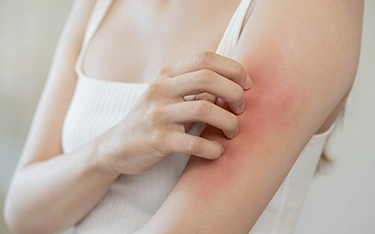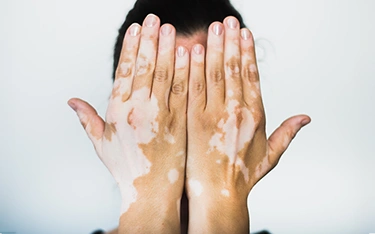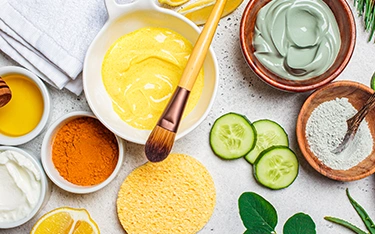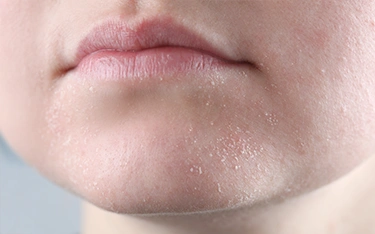FAQs
To prevent Monsoon Skin Disease like fungal infections, keep your body dry, change out of damp clothes promptly, and apply talcum powder daily. Wearing breathable fabrics and maintaining good personal hygiene can significantly reduce the risk of skin issues during humid weather.
For Monsoon Skin Disease prevention, cleanse your skin twice daily to remove sweat and dirt, avoid heavy or oily products, and choose light, breathable clothing. This helps maintain healthy skin and prevents bacterial or fungal infections that thrive in humid conditions.
Yes, Monsoon Skin Disease flare-ups, including eczema, can be triggered by high humidity. Excess moisture and sweat can irritate sensitive skin. Keeping the skin dry, using gentle moisturisers, and avoiding known irritants can help control symptoms during the rainy season.
To avoid Monsoon Skin Disease, change clothes at least twice a day or whenever they become damp. Moist fabric can harbour fungi and bacteria, increasing infection risk. Wearing dry, clean clothes is essential for maintaining healthy skin during monsoon humidity.
Mild Monsoon Skin Disease cases may improve with natural remedies like neem or aloe vera. However, for persistent or severe issues, consult a dermatologist or homeopathy expert for personalised treatment to ensure long-lasting relief and prevent recurrence.
Yes, Monsoon Skin Disease is common as excess humidity, sweat, and dampness create a perfect breeding ground for bacteria and fungi. Preventive care like staying dry, wearing breathable fabrics, and regular cleansing can help reduce risks.
Common Monsoon Skin Diseases include fungal infections, athlete’s foot, ringworm, and eczema flare-ups. These occur due to excess humidity and poor drying of skin. Proper hygiene and preventive skincare can help keep them under control.
For Monsoon Skin Disease, use a doctor-recommended antifungal or antibacterial ointment based on the diagnosis. Self-medicating can worsen the condition, so it’s best to seek professional advice before starting treatment.
Breakouts during Monsoon Skin Disease season can be caused by excess humidity, sweat, clogged pores, poor hygiene, or allergic reactions. Maintaining a clean skincare routine and using non-comedogenic products can help prevent flare-ups.




